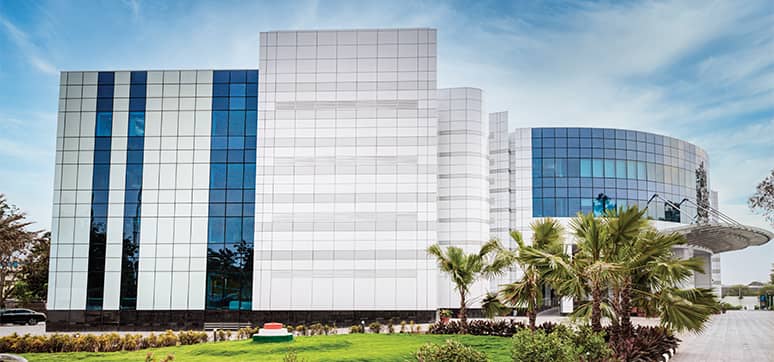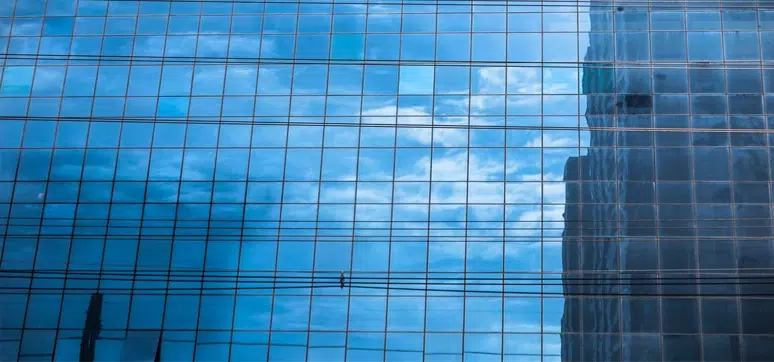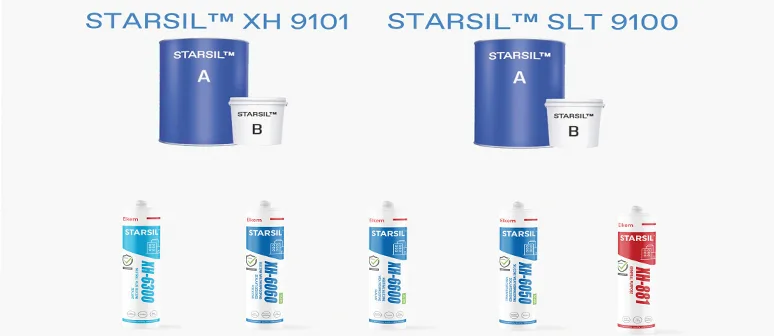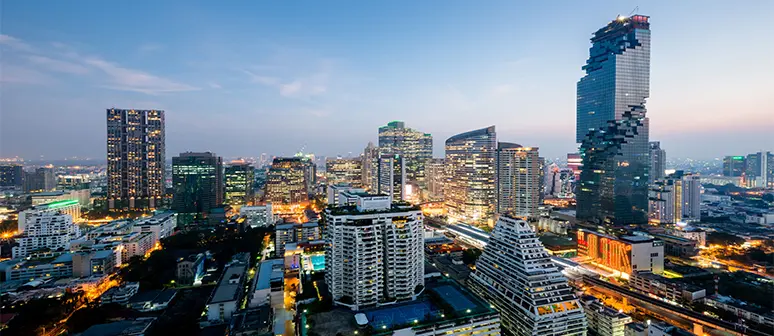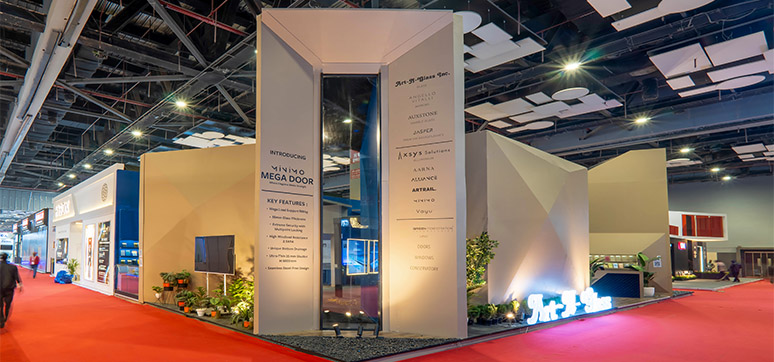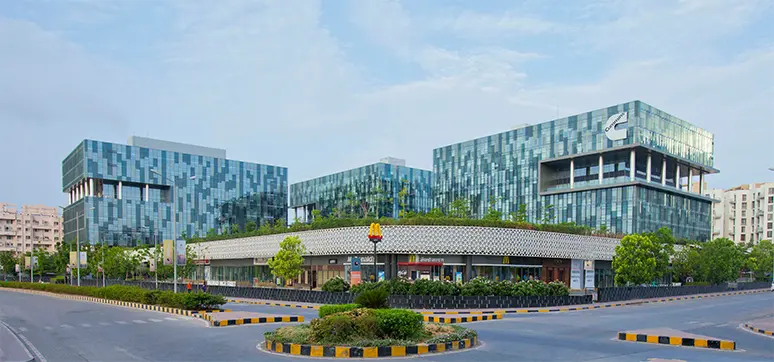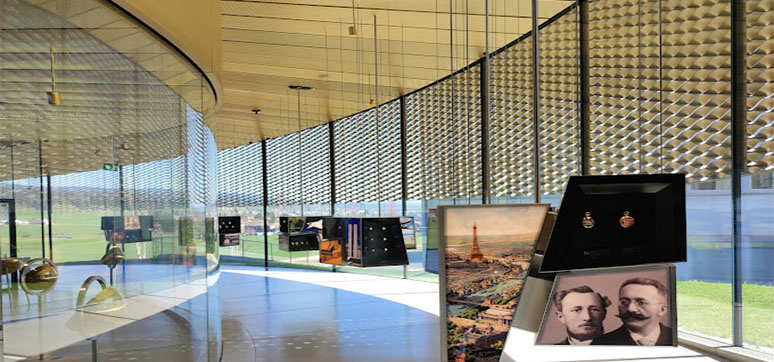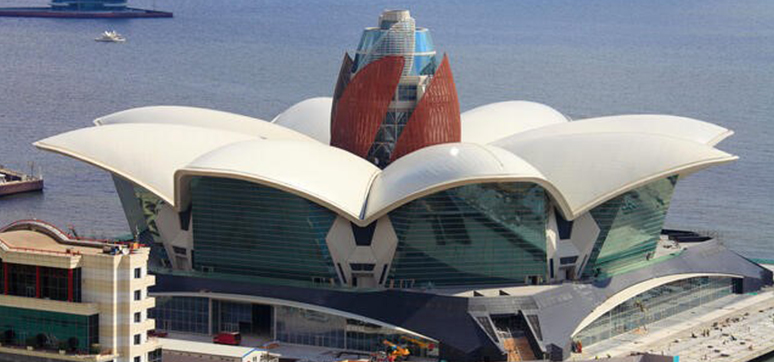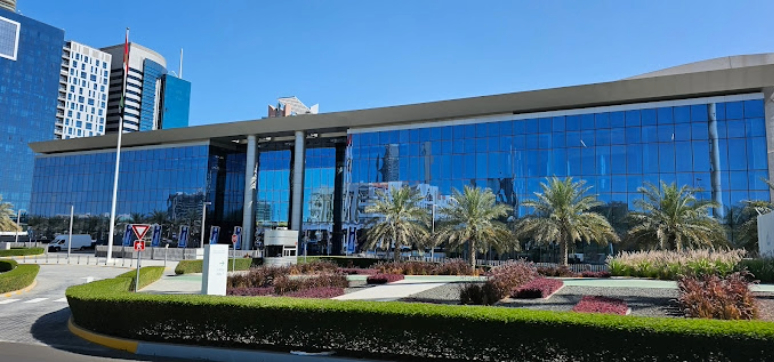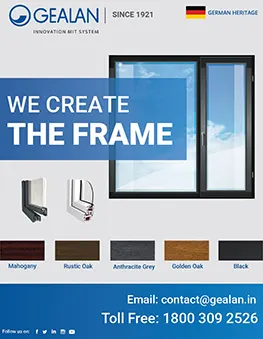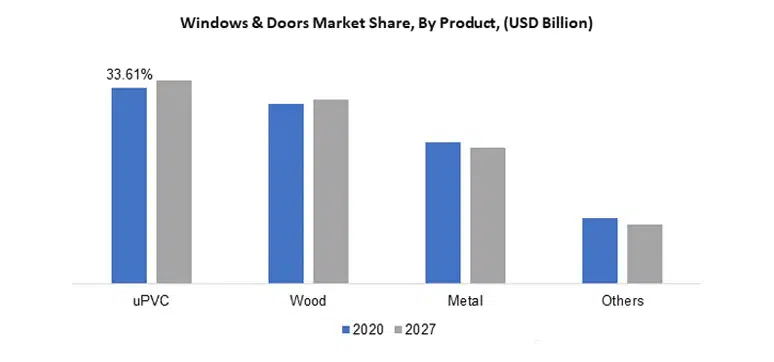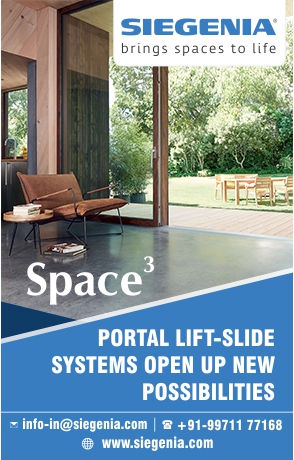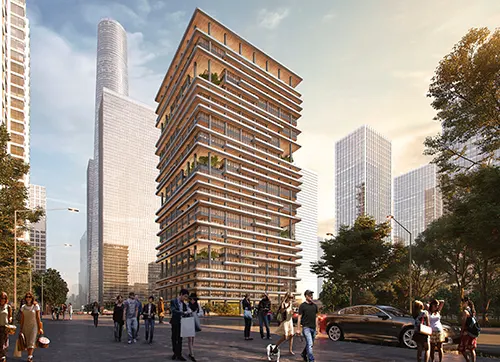Performance and Aesthetics are the Key Elements to Look for
By: ANAND BAHUKHANDI, AKB Façades Private Limited
Glass façades have become increasingly popular in contemporary/high-rise buildings due to their numerous advantages. One of the most significant benefits of glass façades is the ability to allow natural light to penetrate deep into the building’s interior, creating a more pleasant and productive work environment for occupants while also reducing the need for artificial lighting during the day.
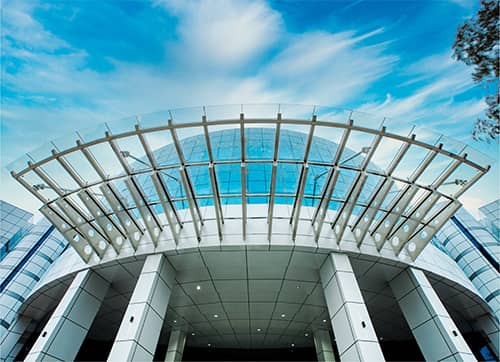
This can improve the energy efficiency of the building and lower operating costs. In addition, glass façades can provide a sleek, modern appearance that is often desired in contemporary architecture.They can also offer unobstructed views of the surrounding environment, creating a greater sense of connection to the outdoors. Modern glass technology has also improved the thermal and acoustic performance of glass façades, making them more energy-efficient and able to reduce noise transmission. They are designed to be durable and long-lasting, withstanding extreme weather conditions and resisting damage from impacts or scratches.
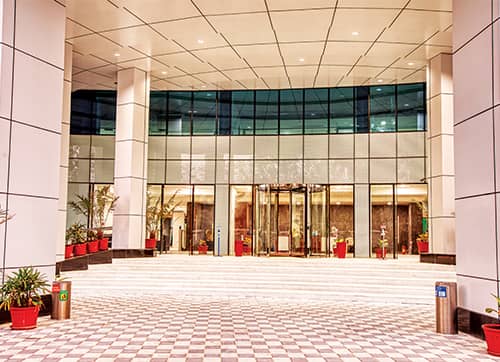
Overall, glass façades can contribute to a building’s sustainability by reducing the need for artificial lighting, improving insulation,and enabling passive solar heating. With these benefits, it’s easy to see why glass façades have become such a popular choice for contemporary high-rise buildings.
QUICK FACTS:
- Project: Indian Oil Corporation Ltd Regional Head Office (Telangana & Andhra)
- Client: Indian Oil Corporation Ltd
- Architect: Pheroze Kudianavala Consultants Engineers Pvt Ltd. (Mumbai) •
- Consultants: Pheroze Kudianavala Consultants Engineers Pvt. Ltd.
- Location: Hyderabad
- Work done: 3500 Sq m semi-unitized structural glazing, 5000 Sq m of ACP cladding, setting up of 133 Kilowatt BIPV solar power plant integrated to structural glazing
DIFFERENT TYPES OF GLASS FAÇADES
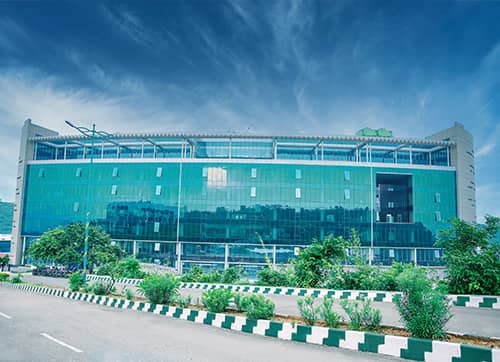
Glass façades come in different types, and the type of glass used varies based on the project requirements. Unitized curtain walls use pre-assembled panels and are best suited for insulated glass units with low-emissivity coatings and argon gas fills for excellent thermal performance. Semi-unitized curtain walls, on the other hand, use a combination of stick systems and pre-assembled panels and can use the same glass types as unitized curtain walls.
Stick glazing requires installing individual glass panels, and various glass types can be used, such as tempered, laminated, and high-performance coated glass. Point-supported and structural glass façades rely on the glass’s strength for support, and laminated or toughened glass is commonly used for safety, strength, and durability.
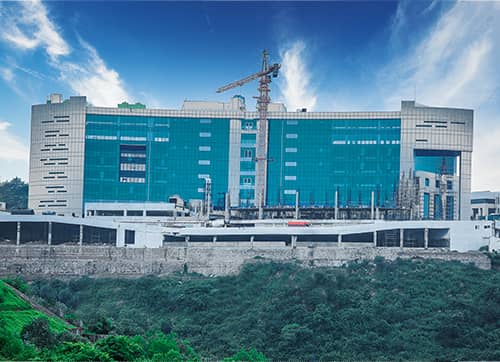
The type of glass selected depends on the project’s specific requirements, including energy efficiency, safety, durability, and aesthetics. Architects and designers should consider these factors when selecting the appropriate glass for their project, along with the benefits and drawbacks of each glass type. Proper selection can enhance a building’s functionality, appearance, and sustainability.
QUICK FACTS:
- Project Name: Millennium Tower; Client: KPC Projects;
- Architect: CP Kukreja
Architects ( New Delhi) - Consultants: Nemcon Façade
Consult (Chennai) - Location: Vishakhapatnam
- Work done: 11000 Sq m semi unitized structural glazing, 6500 Sq m of ACP cladding
ACHIEVING PERFORMANCE REQUIREMENTS
Thermal Insulation, Sound Reduction and Solar Control
Thermal insulation can be achieved by using Insulated Glass Units (IGUs) that contain two or more glass panes with a low-emissivity (Low-E) coating and a gas fill in between to reduce heat transfer. The frame design should also minimise thermal bridging, and the glass should be sealed properly to prevent air leakage.
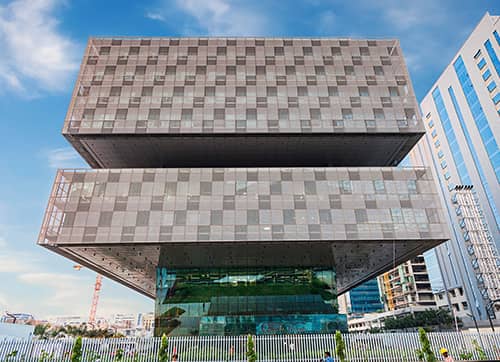
Sound reduction can be achieved by using laminated glass or double-glazed windows with different thicknesses or interlayers that can absorb and reduce sound waves. The frame design and sealants should also reduce sound transmission. Solar control can be achieved by using glass coatings that selectively absorb or reflect solar radiation, reducing heat gain in the building.
Tinted glass can also be used, although it may impact natural light transmission. Shading devices such as external louvers or fins can also be installed to reduce direct sunlight and glare.
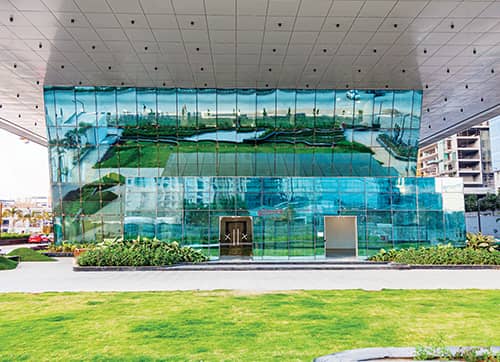
Overall, the design of a glass façade should consider the building’s orientation, climate, and specific performance requirements. Computer simulations can be used to predict the façade’s performance under different conditions and optimise the design. Collaborating with glass manufacturers and façade consultants can also help ensure the best solutions for meeting specific performance requirements.
QUICK FACTS:
- Project: T Hub Phase-2
- Client: KPC Projects
- Architect: Form Studios (Hyderabad)
- Consultants: Nemcon Façade
Consult (Chennai) - Location: Hyderabad
- Work done: 12000 Sq m semi-unitized structural glazing, 5000 Sq m of ACP cladding, 10000 Sq m of expanded mesh façade as second skin
Pros of Glass Façade Buildings:
- Glass façades provide a modern and visually appealing appearance that can enhance a building’s appeal and value.
- Glass façades allow natural light to penetrate deeper into buildings, reducing the need for artificial lighting and providing a more comfortable and productive indoor environment.
- Glass façades provide unobstructed views of the surrounding environment, which can improve occupants’ well-being and connection to nature.
- Properly designed glass façades can improve a building’s energy efficiency by reducing heating and cooling loads.
Cons of Glass Façade Buildings:
- Glass façades can be expensive to manufacture, install, and maintain, which may increase construction costs.
- Glass façades require regular cleaning and maintenance to remain in good condition, which can be costly and time-consuming.
- The thermal performance of glass varies, and glass façades can allow heat to escape in colder climates and contribute to overheating in warmer climates, which can increase energy consumption and costs.
- Large glass façades can cause glare and heat gain, leading to discomfort for occupants and increased energy consumption for cooling.
Environmental and sustainability issues associated with glass façades include energy consumption, materials sourcing, and end-of-life disposal. To mitigate these issues, glass façades can be designed to maximise energy efficiency and reduce the environmental impact of their production and disposal. For example, the use of low-emissivity coatings, insulated glass, and shading devices can improve energy performance. Glass manufacturers can also source materials responsibly and invest in recycling programs to reduce waste. Proper design and maintenance can extend the lifespan of glass façades, reducing the need for replacement and minimising their environmental impact.
GLASS FAÇADES OF THE FUTURE
A few interesting trends are emerging in the design of glass. One trend is the use of dynamic glass, which can change its tint or opacity in response to external factors such as light, heat, or user control. This allows for better solar control, energy efficiency, and occupant comfort, while also providing flexibility and customization in the building’s appearance and performance.
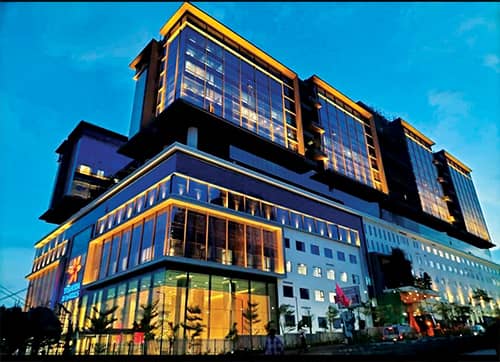
Another trend is the integration of greenery into glass façades, such as green walls or living façades integrated inside or outside, which can provide natural insulation, air filtration, and aesthetic benefits, and can also contribute to the building’s sustainability. In terms of glass types, high-performance coated glass with low-emissivity and solar control properties are becoming more common, along with laminated glass with interlayers for safety and sound control. Overall, the future of glass façades is likely to continue to prioritise energy efficiency, sustainability, and occupant comfort, while also incorporating new technologies and design elements to improve performance and aesthetics.
LATEST GLASS PRODUCTS AND TECHNOLOGIES AVAILABLE
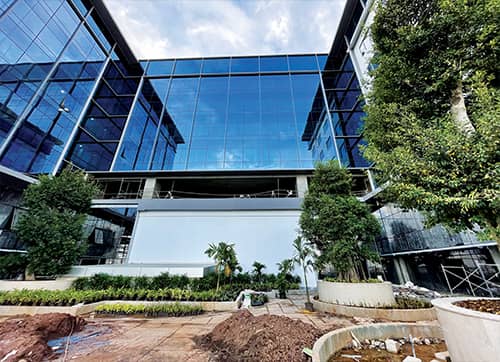
It is important to stay up-to-date on the latest products and technologies. Attending industry conferences, trade shows, and seminars provides a great opportunity to connect with experts in the industry and learn about the latest advancements. Another way I stay informed is by regularly reading industry publications, research articles, and news articles. These sources provide valuable insights into new products, industry trends, and technological advancements.
Networking with other professionals in the industry is also crucial to stay updated on the latest products and technologies.
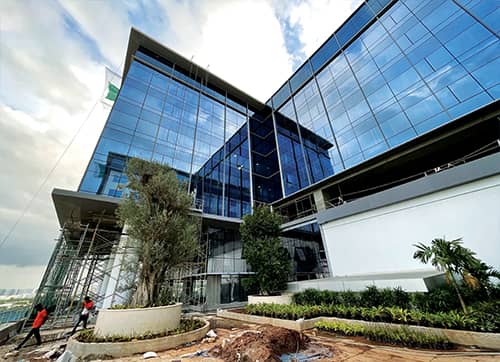
By building relationships with suppliers, manufacturers, and other industry professionals, one can gain access to insider knowledge and insights. Finally, I make sure to conduct my own independent research and stay curious about the latest developments in the field. With the abundance of online resources available, it is easier than ever to access information and stay informed about the latest advancements in the industry.
QUICK FACTS:
- Project: Yashoda Hospital – Hitech City
- Client: Yashoda Healthcare Services Pvt Ltd • Architect: Dutta Kannan and Partners. (Bangalore)
- Consultants: Aspect Facade & Engineering Consultants Pvt Ltd (Hyderabad)
- Location: Hyderabad
- Work done: 5000 Sq m semi-unitized structural glazing, 6000 Sq m unitized glazing, 3000 Sq m of ACP cladding, 4000 Sq m casement windows/ doors Alu-K System
Top Stories
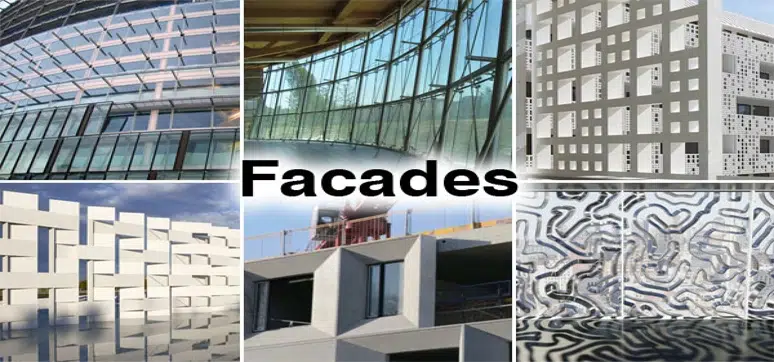
Façade Systems Market Size is Estimated to Reach USD 398.8 Billion by 2029
By: Abdul | April 16, 2024
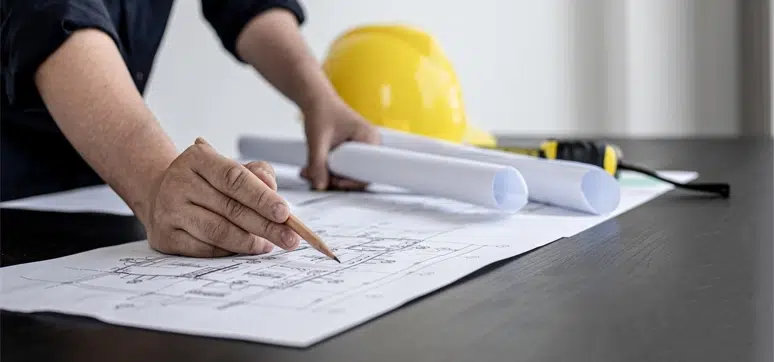
Improving Sustainability Alongside Fire Safety – Can We Deliver?
By: Abdul | April 16, 2024
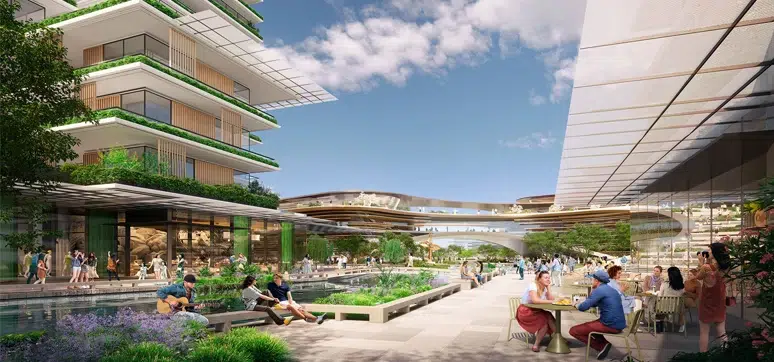
Foster + Partners Wins the Competition the New Xicen Science & Technology Centre
By: Abdul | April 9, 2024
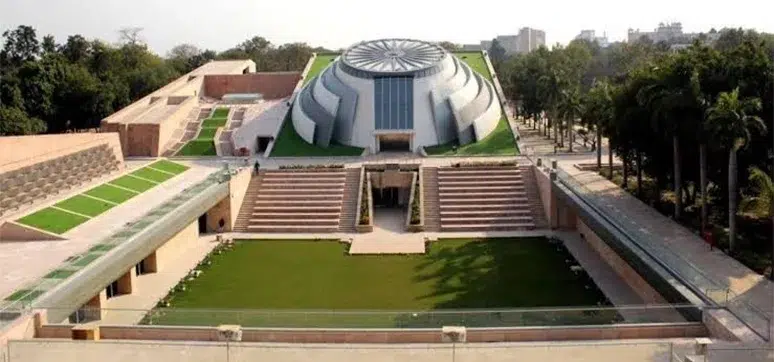
A Symbol of Architectural Brilliance & Cultural Significance
By: Abdul | April 8, 2024

